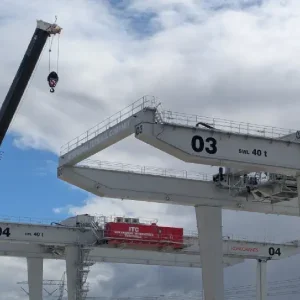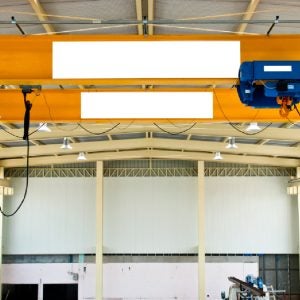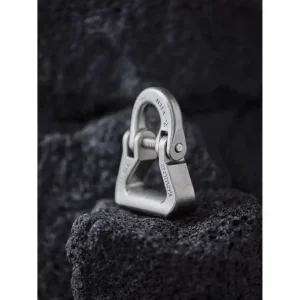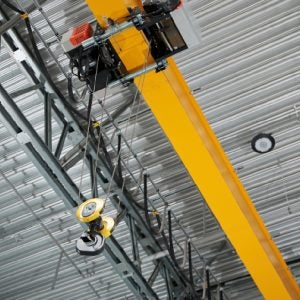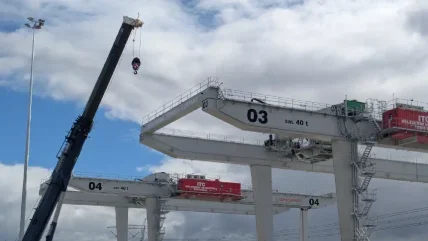
Konecranes is set to supply seven rail-mounted gantry cranes to the Melbourne Intermodal Terminal (MIT), an A$400m ($260m) project by Intermodal Terminal.
Set to begin operations in October this year, MIT will initially feature four cranes in the Inner Terminal and three in the Outer Terminal.
The gantry cranes, each standing 25m tall and weighing 350 tons, are designed to lift up to 46 TEUs (Twenty-foot Equivalent Units) per hour.
They will enable the facility to handle up to one million TEUs each year, which is crucial for meeting the growing demand for efficient freight processing in Victoria.
Also, the terminal’s design allows for future expansion, with plans to accommodate a total of 12 gantry cranes as container volumes increase.
ITC CEO Mishkel Maharaj said: “The gantry cranes are fully electric and can regenerate electricity back into the grid via the kinetic process of lifting and loading containers.
“The MIT will be Australia’s most state-of-the-art intermodal terminal and will also feature an open access regime, customs-bonded storage, an empty container park, and on-site facilities to wash, fumigate and repair shipping containers.”
“The MIT will help increase utilisation of the existing ARTC interstate network and future Melbourne-Brisbane Inland Rail by enabling rail freight services to reach closer to Melbourne’s existing key industrial and logistics precincts.”
Strategically located 20km from the Port of Melbourne and adjacent to the Hume Freeway, the MIT will play a vital role in Victoria’s rail freight network.
Backed by Aware Super, the project is part of a broader development initiative by Aware Real Estate and Barings, known as the Melbourne Intermodal & Industrial Exchange (MIIX).
With the introduction of advanced gantry cranes, the terminal aims to enhance its operational efficiency and capacity.
The cranes will help the terminal meet its interstate rail freight demands until the late 2050s, in line with national and state infrastructure strategies.
Maharaj added: “MIT offers the best of both worlds in that it allows interstate rail services to arrive closer to the port and existing major freight precincts whilst removing the need for heavy freight trucks to drive towards the Melbourne CBD.
“This helps to boost productivity by reducing the time trucks spend in traffic and the required distance trucks need to travel for first/last mile operations.
“In turn, this helps to reduce supply chain costs, traffic congestion, road damage and accidents, and vehicle emissions.”
“Together, the MIT and the MIIX represent a $1.6 billion investment – the largest private investment in Victoria’s freight and logistics sector in a generation.”


